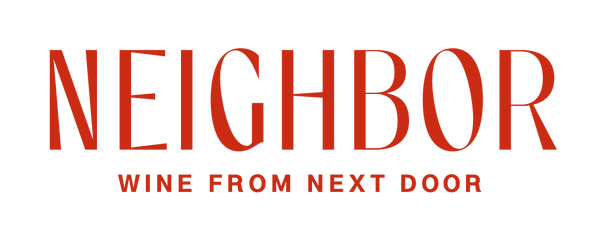
From Hive to Table: Celebrate Honey Season
Share
When I hold the Hungarian honeys we offer in my hands, I’m reminded of the years I spent working in beekeeping. I know exactly how much work goes into a jar of honey – and of course, it’s the bees, not humans, who do the main work. On a single foraging trip, they can visit 50–100 flowers, collect nectar, and bring it back to the hive, where most of the water evaporates and the nectar is sealed with wax until it reaches the ideal moisture content of around 17–18 %. This perfect system ensures that honey remains long-lasting – even in Egyptian excavations, several thousand-year-old, still edible honey was found.

The acacia tree, Robinia pseudoacacia, originally comes from North America but thrives particularly well in Hungary. Today, acacia forests make up more than one-fifth of the country’s woodlands. In spring, when the acacias bloom, bees eagerly collect their nectar, producing the famous Hungarian acacia honey that is sought after worldwide: mildly sweet, almost crystal-clear, slowly crystallizing, and gentle on the body thanks to its high fructose content. It can soothe a sore throat, calm the mucous membranes, and serve as a natural energy booster.
Crystallization is a natural process for all other types of honey: glucose precipitates while fructose remains in solution, creating a dense, buttery texture. Some honeys, like acacia and linden, as well as certain exotic floral honeys, remain liquid for a long time, while hawthorn, sour cherry, mixed blossom, and rapeseed honey crystallize faster. This, however, does not affect quality or shelf life: well-sealed, high-quality honey can be enjoyed for years, even indefinitely, retaining its enzymes and antioxidant content.

The bees’ performance is remarkable: they can fly at speeds up to 25 km/h, navigating using the sun and the Earth’s magnetic field. Inside the hive, they communicate in a unique language: through dances, they show each other where blooming plants are located and how far away they are. A single worker bee collects roughly a teaspoon of honey in her lifetime, while wax, propolis, and royal jelly support the colony – and for humans, these natural products have been valuable for healing, skincare, and preservation for millennia.
Honey has always been a natural part of our kitchen. For baking, I use the same amount of honey as sugar called for in a recipe, so the baked goods aren’t overly sweet and the other flavors come through better. Most people probably add honey to tea, but it’s important to know that at temperatures above 60 °C, the enzymes and vitamins in honey are partially destroyed. It’s best to add honey only once the beverage has reached a drinkable temperature, so it retains its natural aromas and beneficial properties.

The Hungarian honeys we offer from Magyar Méz Manufaktúra come from a family-run business that combines the traditions of beekeeping with modern processing. Every detail is considered: the well-being of the bees, the cleanliness of the hives, and sustainable practices, ensuring premium-quality products. Their honeys – acacia, hawthorn, sour cherry, and mixed blossom – come from the clean landscapes of Hungary and are collected from carefully selected locations. Healthy bee colonies work in the hives to produce their natural aromas and beneficial properties. All of this is reflected in the products: reliable quality, pure flavors, and the reassuring knowledge of sustainable production.
Next time you buy honey, be sure to look for the products of Magyar Méz Manufaktúra at Neighbor. True specialties, perfect quality – only at Neighbor, more than wine.









